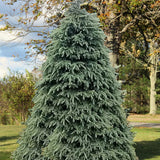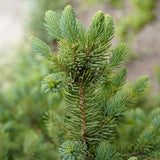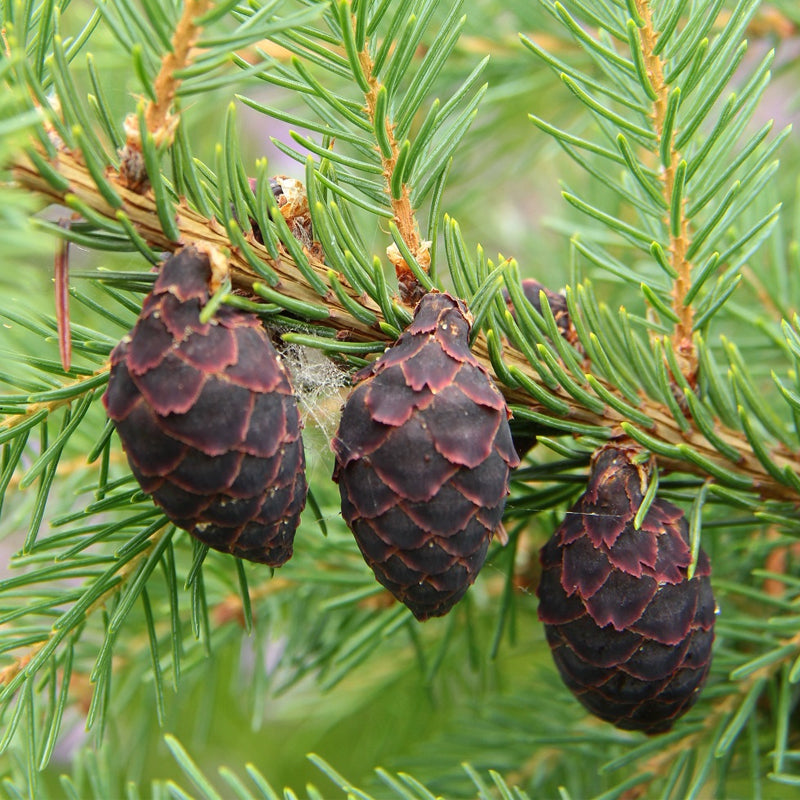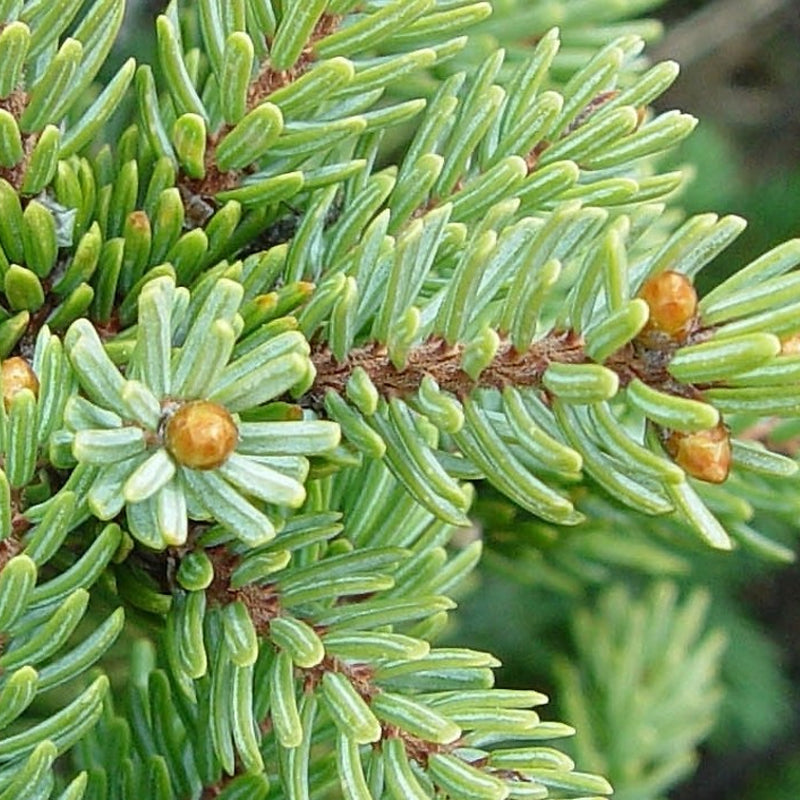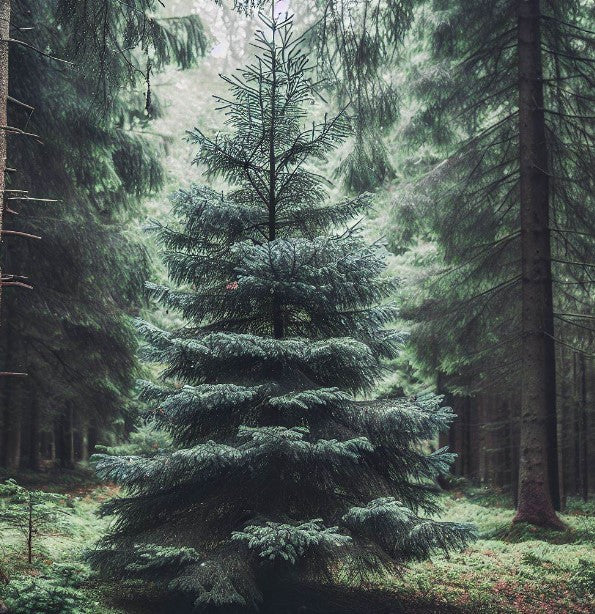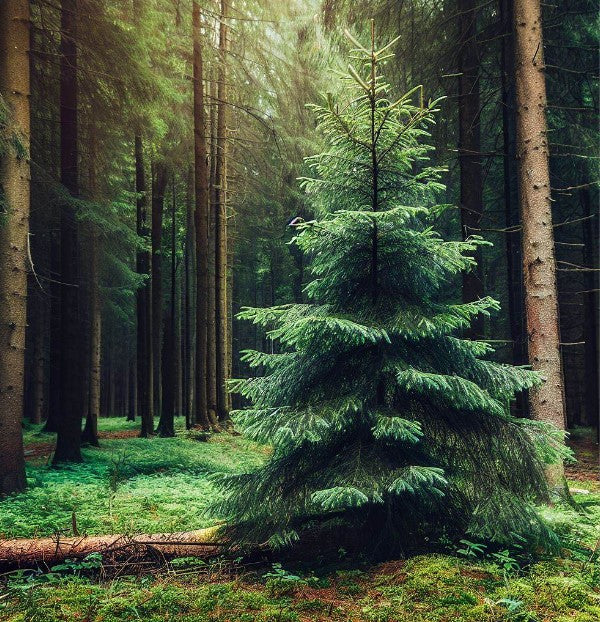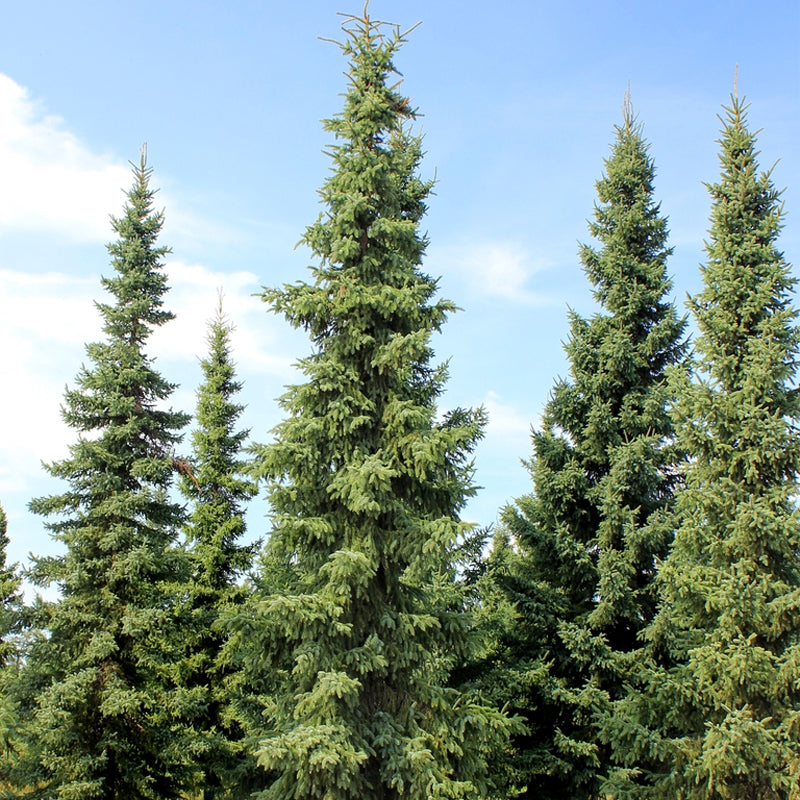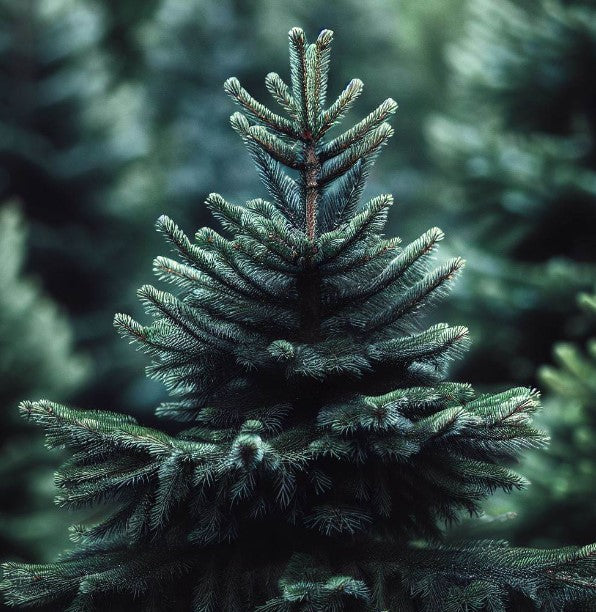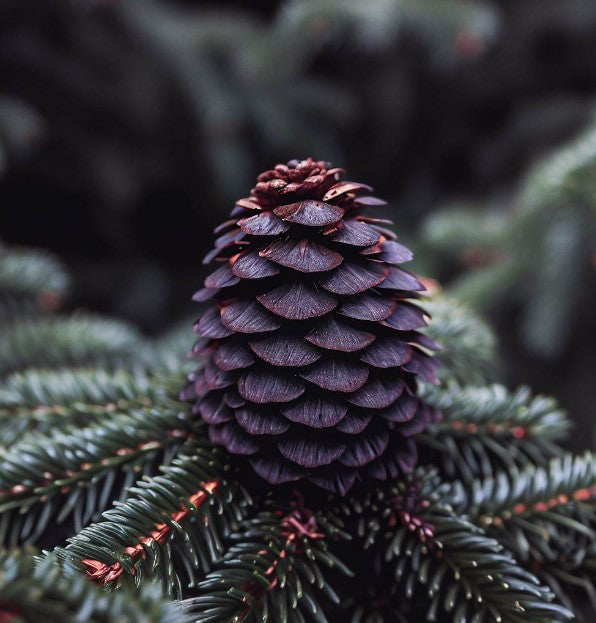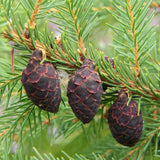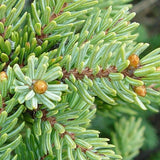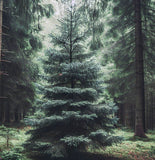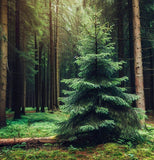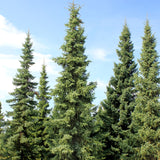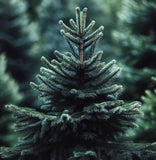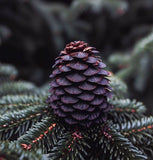Picea mariana (Black Spruce)
Picea mariana (Black Spruce) is a species of coniferous evergreen tree native to North America, particularly the northern regions. It is a relatively small to medium-sized tree that plays a significant ecological role in the Boreal forests.
Appearance: The Black Spruce is typically a slow-growing tree that can reach heights of 15 to 25 meters (50 to 80 feet) with a narrow, spire-like crown. It has a straight trunk that is usually covered with rough, scaly bark that can be grayish-brown to black in color. The needles are short and stiff, measuring about 0.6 to 1.2 centimeters (0.25 to 0.5 inches) long and are dark green in color.
Habitat and Distribution: The Black Spruce is adapted to thrive in cold and northern climates. It is commonly found in wetland areas, such as bogs and swamps, and can tolerate waterlogged and acidic soils. It is native to the northern parts of North America, including Canada and parts of Alaska and the northeastern United States.
Cold Hardiness: The Black Spruce is highly cold hardy and can withstand extremely low temperatures. It is well-suited to northern regions with long, cold winters and short growing seasons. It is hardy in USDA hardiness zones 1 to 6.
Ecological Importance: Black Spruce plays a vital role in boreal ecosystems. It provides habitat and nesting sites for various bird species, such as the black-backed woodpecker and gray jay. The tree's dense foliage and tall structure offer cover for wildlife. Black Spruce forests also contribute to carbon sequestration and help regulate water flow in wetland areas.
Timber and Commercial Use: The wood of Black Spruce is lightweight, relatively soft, and has excellent strength-to-weight ratio. It is used for a variety of purposes, including construction lumber, pulpwood for paper production, and in the manufacturing of musical instruments, such as soundboards for guitars.
Landscape Use: While not as commonly used for ornamental purposes as other spruce species, the Black Spruce can be planted in landscapes, especially in northern regions or areas with wet soil conditions. It can serve as a windbreak or screen and can be an attractive addition to naturalistic or native plant gardens.
The Black Spruce is an important tree species in the boreal forests of North America. Its ability to thrive in cold, wetland environments and its ecological significance make it a valuable part of the northern ecosystems.
Botanical Name : Picea mariana
Common Name : Black Spruce
Height : 30-65 ft
Spread : 30 ft
Germination Info : No pre-treatment required
Hardiness zone : 2-6
Average seed per ounce : Approx. 16,250

